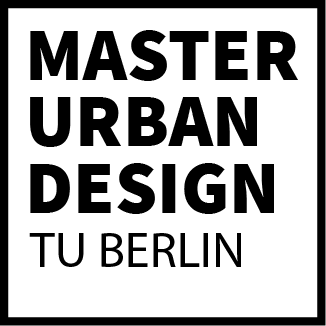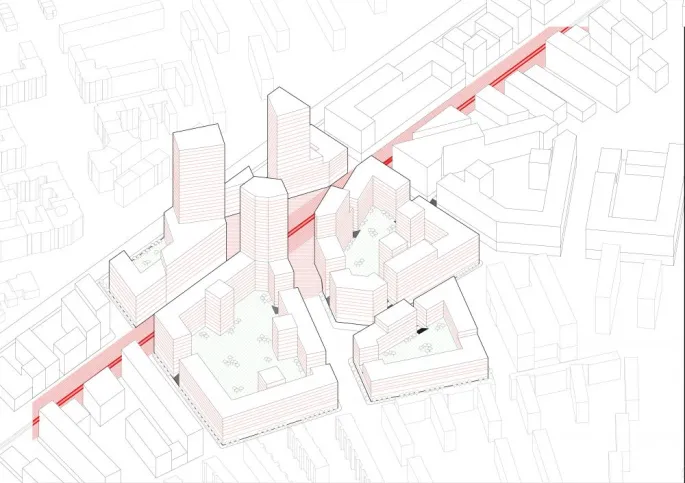
UD HOME GROWN – Housing Alliances on the Rise
Madeleine Appelros, Jennifer Gehring, Benedikt Wieser, Bu Yijie
WiSe 15/16
The Pankow Güterbahnhof site presents an extraordinary and rare opportunity to make a large impact on Berlin‘s housing crisis, particularly so due to its immense size, centrality and well connected location. The site also presents an opportunity to think big – to think outside the box, outside of our comfort zone, outside of what we know. Unfortunately, SteP plans for Pankow and for Pankow Güterbahnhof do not respond to Berlin‘s needs, nor do they take advantage of the value of the site. SteP estimates the population of Berlin to incease by 15,650 people per year between 2014 and 2030. In reality, in 2015 Berlin became home to an estimated additional 99,000 people – made up of over 44,000 refugee registrations, plus 54,000 registrations from migrants coming from elsewhere in Germany and internationally. Facing ever increasing rates of urbanisation, accelerated by the staggering intake of refugees, the population of Berlin will continue to grow exponentially. In Pankow, SteP currently has 10 development plans, which promise a total of 9,110 new housing units. Exactly when these will be completed is unknown.

One of these plans is Pankower Tor, lead by the investor Kurt Krieger and developed for Pankow Güterbahnhof. Dissapointingly, but to no surprise, Mr Krieger‘s development proposes a mere 750 housing units. Our proposal utilises the unique and valuable characteristics of the site, to address the growing housing crisis in Berlin today. With the implementation of a variety of high-density typologies, we achieve 9,197 housing units on one site – more than what Mr. Krieger proposes for the entire Pankow district. In addition, we meet the needs of Mr. Krieger and provide significant amounts of additional program to support such a high-density proposal. Our project aims to challenge the norm of housing development today in Berlin. The city‘s housing crisis is a serious and urgent concern. Whilst a proposal of our kind is unlikely to be implemented in the Berlin of today, we hope that it encourages thoughts and discussions on the matter, and can lead to new, alternative and innovative ways of housing development and living in Berlin.



